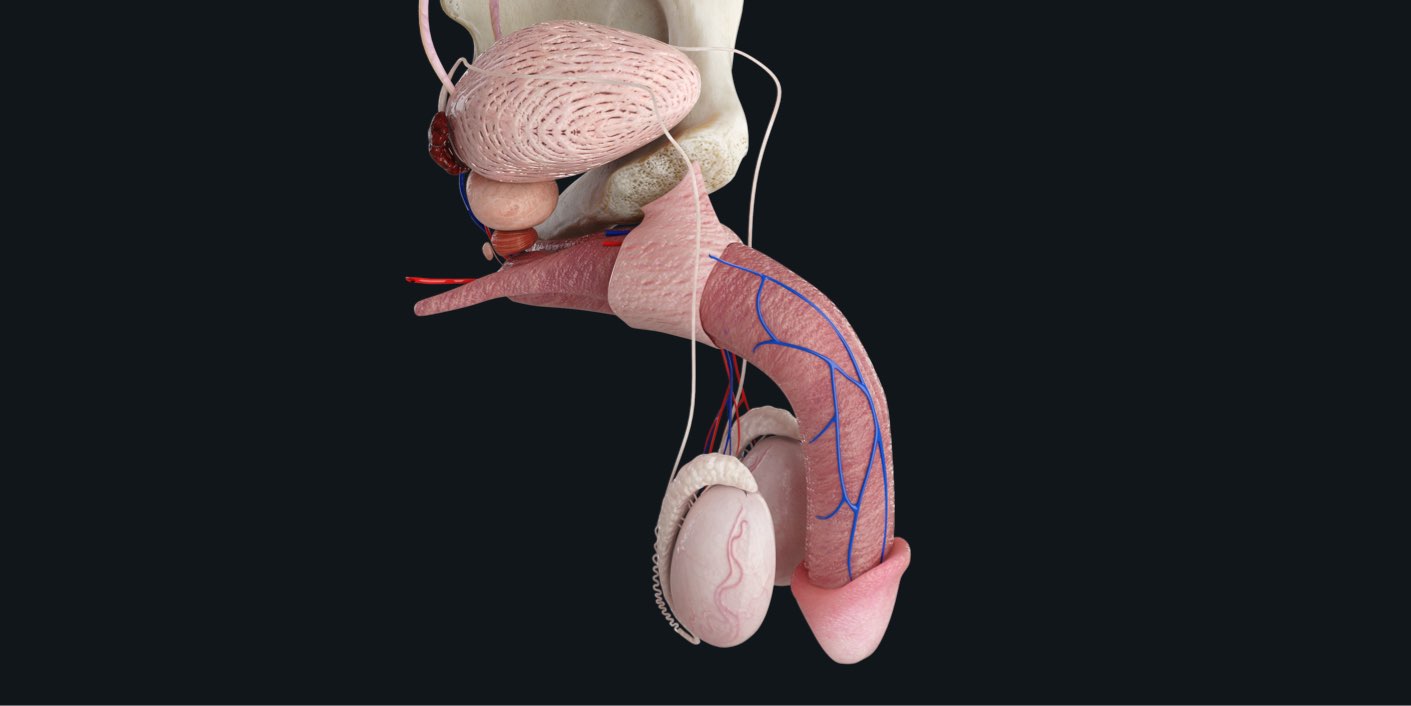
Do you know what is the smallest cell found in the human body? ?️♀️
It’s the simply super spermatozoon! This is the sperm cell, and the main function of the male reproductive system is the production and transportation of these remarkably complex metabolic, locomotive and genetic machines. Let’s take a closer look!

The production of sperm (spermatogenesis) begins in the testes. These ovoid organs are found just behind the penis, suspended in the scrotum by the spermatic cord. This environment is key in maintaining a temperature of 34°C for optimum sperm production. Together, the testes can form up to 120 million sperm each day. That’s the equivalent of about 1,200 sperm per heartbeat! ❤️
The testes are composed of up to 900 coiled seminiferous tubules which are each about half a metre in length and are responsible for the formation of sperm. Sperm development within these tubules takes about 50-60 days. From there, the sperm is emptied into the epididymis where it matures for about 14 days, and is stored until it is ready to be ejaculated.
During ejaculation, the sperm is transported from the epididymis by peristaltic contractions of the ductus deferens towards the urethra. Along the way, the sperm is joined by seminal fluid from the seminal vesicles, and fluids from the prostate and bulbo-urethral glands. These fluids are collectively known as semen. Sperm actually only makes up about 10% of the total semen volume, but that 10% includes about 200 million individual cells.
Along with the production of the sperm, the testes also function to produce male sex hormones such as testosterone. These hormones are essential for the growth of male genitals and sperm production. A healthy male can produce up to 6 milligrams of testosterone each day, however, after the age of 30 this dramatically declines. ⏰
Stay tuned for an exclusive sneak peek of the sperm cell microanatomy model, coming soon to Complete Anatomy 2020.
